Seven World Heritage Tour In Kathmandu Overview.
The Kathmandu Valley is a culturally and spiritually rich region, shaped by numerous legends and traditions. It is home to temples and monuments of profound religious and cultural significance. Among these is the Kasthamandap temple, crafted from the wood of a single tree, which is believed to have given Kathmandu its name. The valley, surrounded by a natural wall, is considered to be protected by nature itself.
Kathmandu: The Dream City for Tourists.
Kathmandu serves as a hub for various purposes: a place for traders to earn wealth, for foreigners to find peace and fulfillment, for devotees to practice their faith, and for students to gain knowledge. Lalitpur, the city of beauty, Kantipur with its timeless charm, Kritipur adorned with countless creations, and Bhaktapur enriched by its artistic devotees, are all part of the valley’s vibrant legacy.
Despite facing many threats to its heritage, Kathmandu has survived and continues to stand as a testament to its cultural wealth. According to ancient legends, the valley was once a vast lake. It is believed that the seed of a lotus was planted by the sage Vipassī Buddha, and with the bloom of the lotus, the divine Swayambhu emerged.
The Kathmandu Valley has historical importance tied to various eras. The Dharma kings established settlements, King Yalambar introduced civilization, and the Licchavi rulers brought a golden age to the region. The love for art and architecture of the Malla kings is evident in the countless temples and monuments scattered across the valley.
Kathmandu's Identity in the World Heritage List.
Kathmandu Valley is a city that thrives with temples, courtyards, and stupas, embodying its rich religious and cultural heritage. Known as a place where temples outnumber houses and deities surpass humans, Kathmandu's temples, shrines, and stupas stand as witnesses to its glorious past.
Although structures like Kailashkut Bhawan and Mangriha have vanished over time, Kathmandu’s legacy continues to shine. It smiles from atop Nyatapola, spends sleepless nights in the fifty-five-window palace, swings in Hanuman Dhoka, and ventures to immerse its vessel in Ranipokhari.Every morning, the sacred sound of bells resonates from Pashupatinath Temple, echoing all the way to the Krishna Temple of Patan, sculpted from stone. These elements reflect the timeless spiritual and artistic grandeur of Kathmandu.
Kathmandu: The Center of Tourism
Kathmandu, adorned with such timeless beauty, has become a prime destination for countless tourists. Whether they are visitors from abroad or Nepalese seeking employment within the country, Kathmandu remains a dream city for all. It has become the central hub of exploration for travelers, and its charm has secured it the second position among global destinations.
Let us take you on a journey through Nepal, a small yet extraordinary country where Kathmandu resides. Within this city are World Heritage Sites that draw people from across the globe to this tiny nation. We will explain what UNESCO World Heritage Sites are, why Nepal is home to so many of them, and guide you through these remarkable locations to experience their unique beauty.
1. Kathmandu Durbar Square
Kathmandu Durbar Square, located in the heart of the city, is a historical treasure trove that has witnessed centuries of royal ceremonies, including coronations, religious rituals, and cultural festivities. This square is surrounded by ancient courtyards like Mohan Chok and Sundari Chok, each adorned with intricate carvings, sculptures, and fountains. The peaceful atmosphere here reflects Nepal’s deep-rooted spirituality, making it an essential destination for those seeking cultural and spiritual inspiration.
2. Pashupatinath Temple
Situated on the sacred banks of the Bagmati River, Pashupatinath Temple is one of the most revered Hindu temples in the world. Dedicated to Lord Shiva, this temple is a prime example of Nepal’s Hindu architecture and devotion. The temple complex buzzes with life as devotees gather for worship, particularly during the Maha Shivaratri festival. The spiritual energy and traditional practices surrounding this ancient temple are deeply captivating.
3. Boudhanath Stupa
Boudhanath Stupa, one of the largest Buddhist stupas globally, is an iconic symbol of peace and harmony. This towering structure, designed as a massive mandala, has been a center for Buddhist devotion for centuries. The giant eyes painted on the stupa symbolize awareness and compassion, attracting pilgrims and tourists alike. Encircled by vibrant prayer flags and spinning prayer wheels, the stupa is a serene oasis in the bustling city.
4.Swayambhunath Stupa (Monkey Temple)
Perched atop a hill, Swayambhunath Stupa offers breathtaking views of the Kathmandu Valley. Known as the "Monkey Temple" due to the many monkeys that inhabit the area, this stupa is a sacred site for Buddhists and Hindus. Its history dates back over 2,500 years, and its golden spire is a beacon of spirituality. The fusion of natural beauty and religious significance makes Swayambhunath a must-visit site.
5.Patan Durbar Square
Located in the historic city of Lalitpur, Patan Durbar Square is a masterpiece of Newari art and architecture. The square is home to intricately designed temples, palaces, and shrines, showcasing the artistic brilliance of the Malla period. Festivals, monuments, and cultural traditions bring the square to life, reflecting the vibrant heritage of the Newar community. This area also houses museums and workshops that continue the legacy of traditional crafts.
6. Bhaktapur Durbar Square
Bhaktapur Durbar Square is a living museum of Nepal’s medieval era. Divided into four distinct squares—Durbar Square, Taumadhi Square, Dattatreya Square, and Pottery Square—it showcases traditional Newari craftsmanship. The 55-window palace, pottery-making practices, and intricately carved wooden sculptures add to the charm of this site. Bhaktapur’s preserved culture and timeless architecture make it a highlight of the tour.
7.Changu Narayan Temple
Changu Narayan Temple, believed to be the oldest Hindu temple in Nepal, is a stunning example of Nepali pagoda-style architecture. Located on a hilltop surrounded by forests, the temple is dedicated to Lord Vishnu. Its exquisite wood and stone carvings, ancient inscriptions, and sculptures dating back to the Lichhavi dynasty make it a significant historical landmark. The temple offers a tranquil environment and a glimpse into Nepal’s architectural evolution.


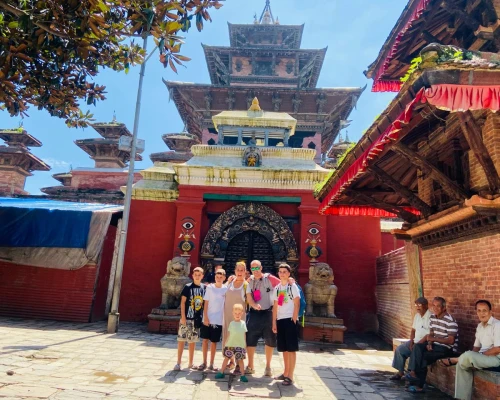
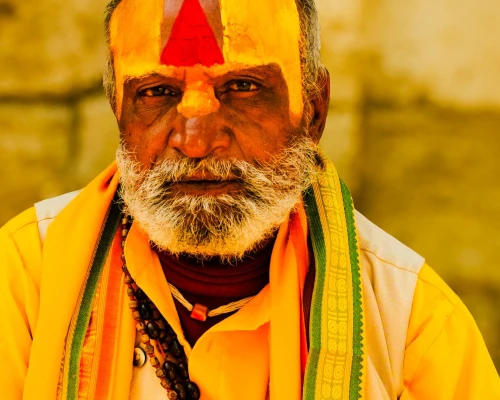
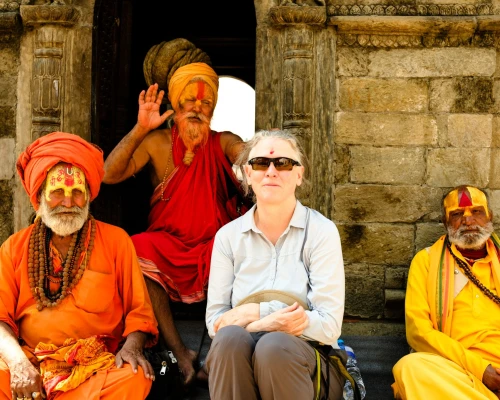
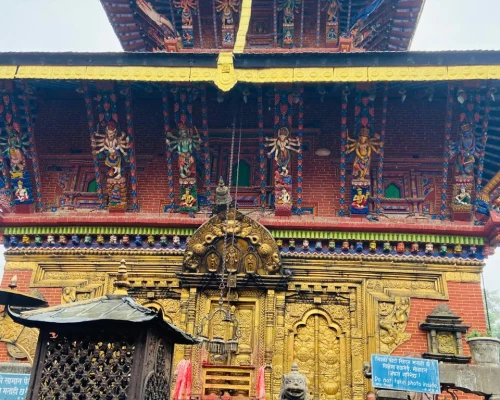
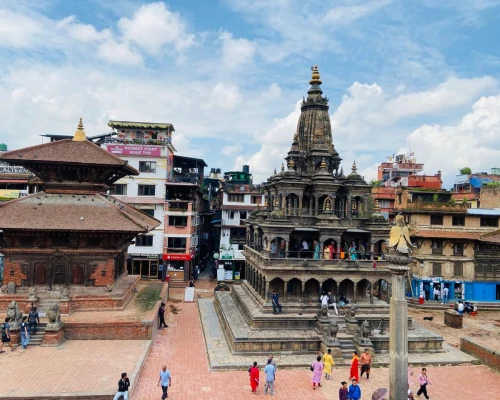
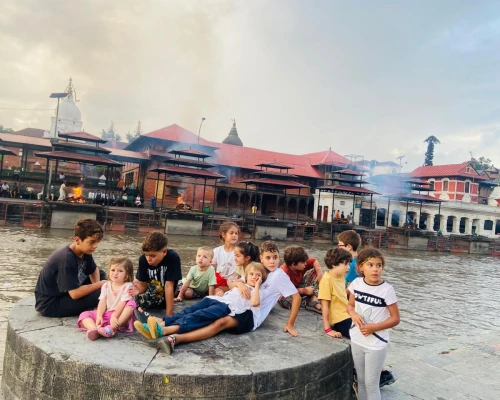
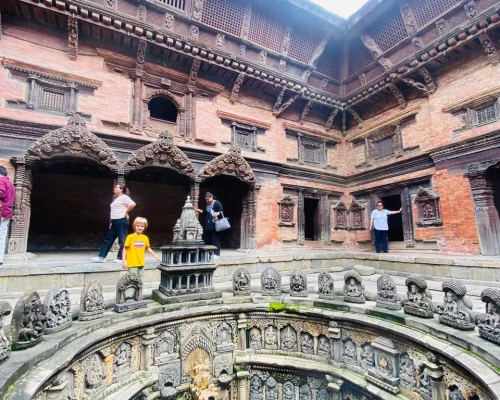
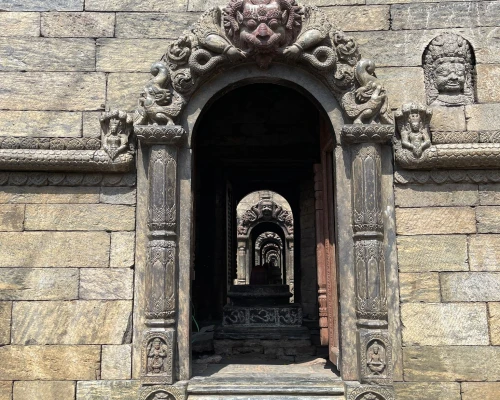
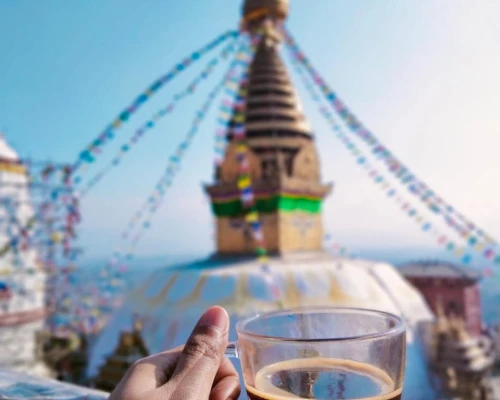
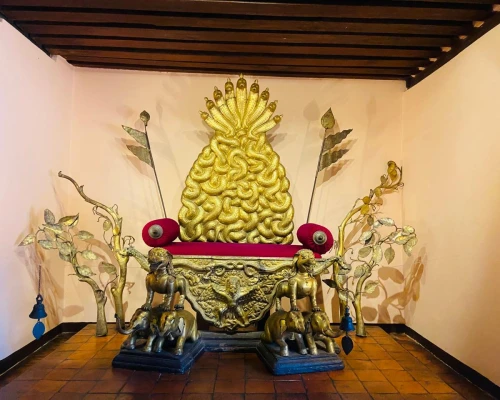
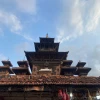
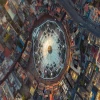
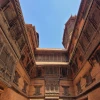



 based on 11 reviews
based on 11 reviews
